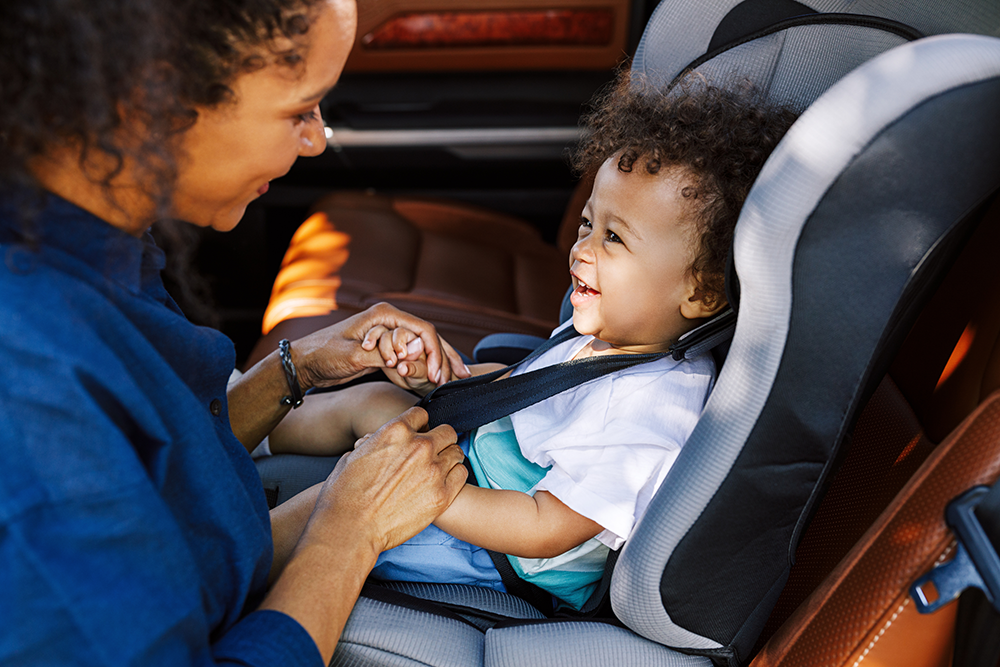Navigating the sea of child safety seats, regulations

Child safety seats are as varied as vehicles themselves. How do you choose one and how do you know that it’s installed properly?
Also, choosing the right size for the age and weight of child is one of the most important decisions you’ll make as a driving parent.
“Car crashes are a leading cause of death for children 1 to 13 years old. Many times deaths and injuries can be prevented by proper use of car seats, boosters, and seat belts,” said José Alberto Uclés, Information Officer at the National Highway Transportation Safety Administration.
The NHTSA has designated Sept. 15 – 21 as Child Passenger Safety Week and Saturday, Sept. 21 as National Seat Check Saturday.
Parents often can get assistance from their local fire station or state highway patrol office to inquire. They may provide free child safety seat inspection or know local organizations that organizations offer this service.
All 50 states, Puerto Rico, the District of Columbia, Guam, the Northern Mariana Islands and the Virgin Islands require child safety seats for infants and children fitting specific criteria. Get the correct size and securing it properly dramatically improves safety.
How do you know if you have set it up properly?
The NHTSA recommends the following guidelines for choosing and using a child safety seat:
- Select a seat based on your child’s age, weight and height. Remember that the seat that fit your child last year may be too small this year.
- Refer to the manufacturer’s directions specific to your child’s safety seat, and be sure to read your vehicle’s manual to correctly install the seat via seat belt or LATCH system.
- For your child’s safety, keep your child securely fastened in the safety seat for as long as possible, keeping in mind age and size requirements.
- Keep your child in the back seat until at least the age of 12.
The NHTSA created Parents Central, a website dedicating to keeping children safe on the road, includes safety installation tips, information on finding the right seat and fit and several safety seat installation instructional videos for both seat belt and LATCH-equipped vehicles. Videos also cover booster seats.
“Once a car seat has been in a crash, it needs to be replaced,” according to Jen Pollakusky of Safe Kids Worldwide.
Lack of visible damage to the seat or its restraints is not an indication that no damage has occurred, Pollakusky said. He recommended a safety seat inspection to make sure that the seat has been properly installed and is being correctly used.
For more information about car-seat selection and instllation go to:
- Car Seats and Booster Basics – http://www.safercar.gov/parents/RightSeat.htm
- Installation Videos – http://www.safercar.gov/parents/InstructionalVideos.htm
- Car Seat Checklist Form – http://www.safekids.org/sites/default/files/documents/car-seat-checklist.pdf
- Car Seat Laws by State – http://www.ghsa.org/html/stateinfo/laws/childsafety_laws.html